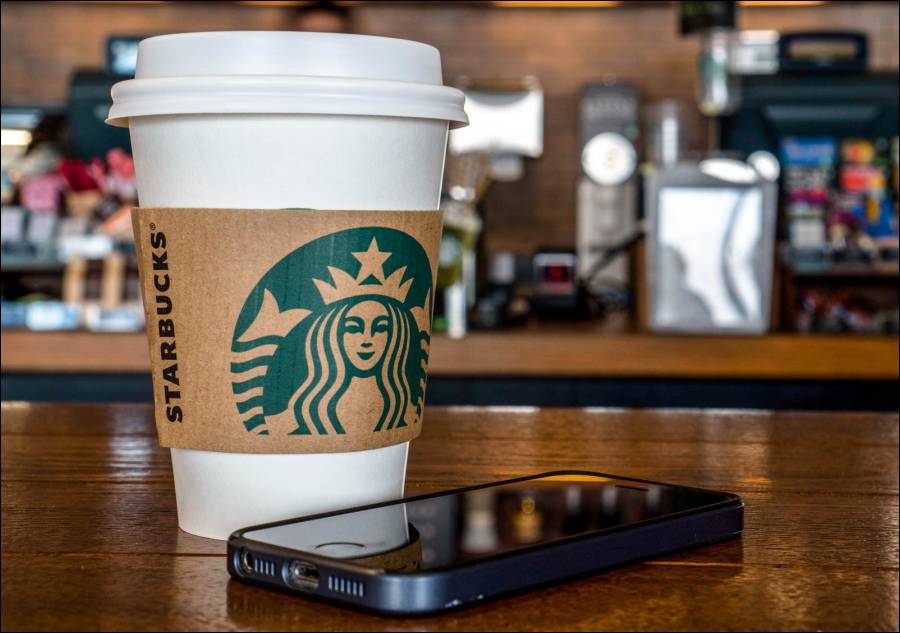Wall Street dazed. As trading ended on Thursday in Wall Street’s worst day for three decades, shell-shocked investors had no idea how much further the market was likely to fall as the coronavirus pandemic spread fear of a global recession.
A 16-day drop of almost 27% in the S&P 500 has left portfolios in tatters. The suspension of professional sports games, canceled conventions and half-empty restaurants has raised fears – not about whether the longest U.S. economic expansion on record is ending – but about how deep a now presumed recession will be.
“This was worse than any day in 2008. It was worse than Sept. 11. I started in 1993 and this was the most panicked market I’ve ever seen,” said Christopher Stanton, chief investment officer at Sunrise Capital Partners LLC in San Diego. “People are just trading on conjectures stacked on additional conjectures.”
Drops of 10% in the Dow Jones Industrial Average and 9.5% in the S&P 500 were the worst for both since 1987. On Oct. 19, 1987, now known as “Black Monday,” the Dow crashed 22.6% in its biggest ever-single day decline.
Wall Street’s most recent selloff comes as countries around the world grapple with how to contain the fast-moving coronavirus and its economic effects. The velocity and depth of the drop has shocked investors accustomed to a decade of gains on Wall Street that were interrupted by only a handful of corrections.
“Fear of missing out has turned into fear of the unknown,” lamented John McClain, fixed income portfolio manager at Diamond Hill Capital Management, in Columbus, Ohio. “We haven’t seen a situation like this before.”
The S&P 500’s rout has left it trading at under 16 times expected earnings, its lowest level since early 2019, according to Refinitiv Datastream. But that figure offers little confidence because earnings estimates for companies are likely to fall as corporations provide more details about how badly they have been hurt by the virus that broke out in China late last year and has now spread across the globe.
“With a recession all but guaranteed at this point and the S&P 500 entering bear market territory today, one question worth asking is, how much is priced in?,” Bespoke Investment Group wrote in a research note.
Reflecting that uncertainty, the Cboe Volatility Index <.VIX>, known as Wall Street’s “fear gauge,” jumped on Thursday in its biggest-ever one-day surge.
“This is not an economic problem – there are ramifications of it that are economic – but the problem is this virus and the panic it is causing,” said Tim Ghriskey, chief investment strategist at Inverness Counsel in New York. “Is the panic overdone? I would say it is definitely overdone, but that doesn’t stop people from being freaked out.”
That panic spread beyond stocks, with demand for dollars via the currency derivative market surging to its highest level for years in a sign that coronavirus-induced economic stress is starting to manifest itself in a broad scramble for greenback funding.
Among the victims of Wall Street’s implosion is U.S. President Donald Trump, who touted a stunning run-up in the stock market as evidence of his success in the White House. Most of those gains have now evaporated.
Investors are also becoming increasingly concerned that the coronavirus outbreak will hit U.S. corporate cash flow if it keeps workers at home or prevents companies from paying employees. Bond funds have taken a hit and companies including Boeing
Traders expect the Federal Reserve to cut interest rates again aggressively at its policy meeting next week to counter the coronavirus. That followed the Fed’s surprise 50 basis rate cut last week, which failed to stabilize markets.
“We have to see coordinated fiscal and monetary policy, as well as government,” said McClain. “People need to know there’s a plan in place. This isn’t Twitter. You have got to have details.”
Views: 374



